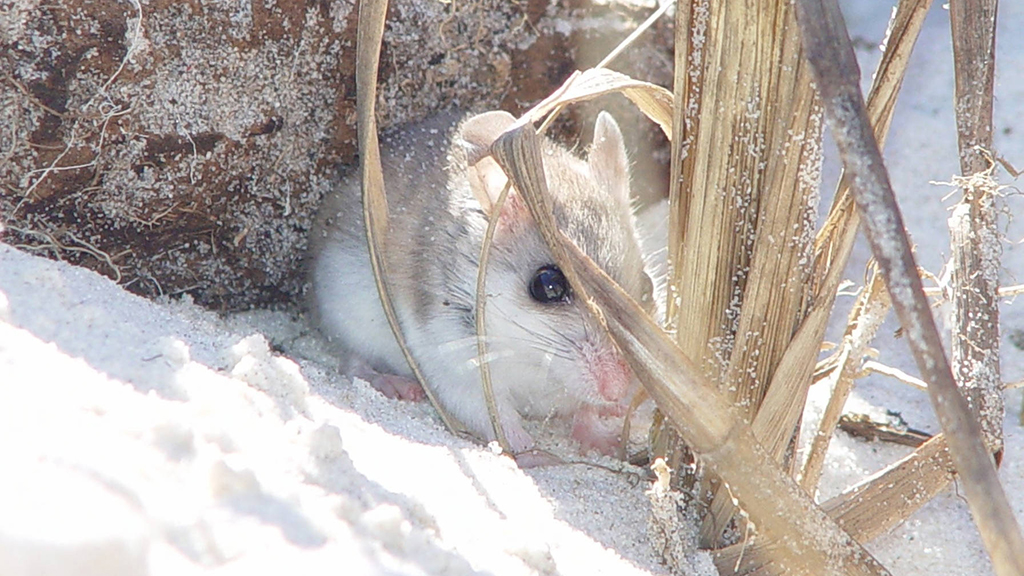Abstract
The theory of evolution by natural selection is simple, elegant, and profound. Yet, a large number of undergraduate students including biology majors, medical students, and pre-service science teachers maintain a large set of misconceptions that interfere with a solid understanding of the process of natural selection. It is also well known that lecturing is an insufficient strategy to help students confront and correct these misconceptions. This activity uses the evolution of coat color in oldfield mice (Peromyscus polionotus) as the basis of a case study in which students investigate the role of variation, heritability, and selection in the evolution of a trait. Students examine graphs, data, and excerpts from a series of papers that have been published about this system over the last 100 years. The content is delivered as an interrupted case and encourages peer-to-peer teaching and interaction. The case is appropriate for use in non-major, introductory, or advanced biology courses.



